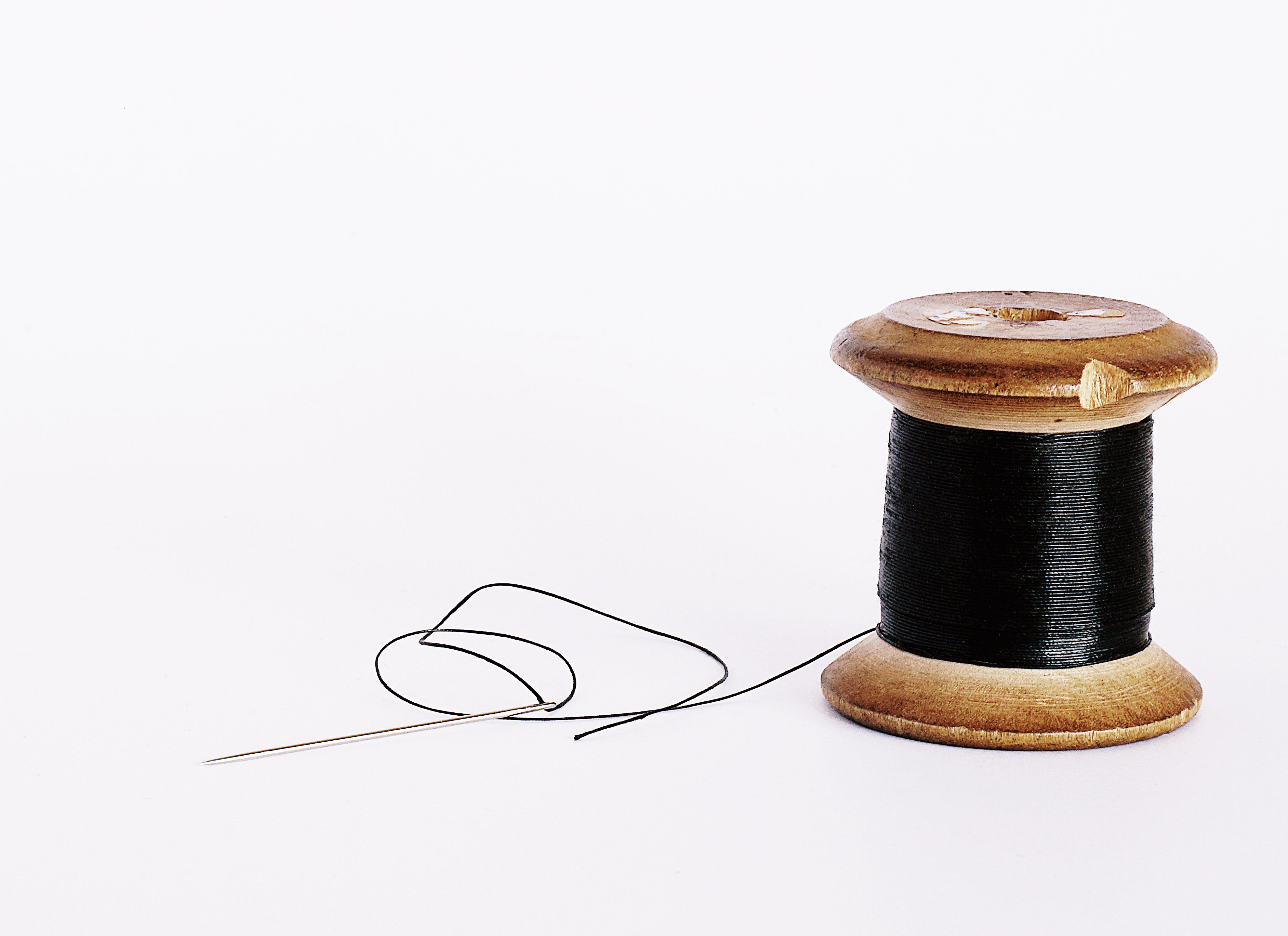It's no secret that sewing a curtain takes a dedicated amount of work and skill. Workrooms host some of the best sewers in the industry, and we understand that when it comes to lining fabrics, it's not as straight forward.
We have compiled a list of points to help you get the most of your Filigree lining products when sewing your curtains. Our workrooms have had great success using these guidelines on our more technical fabrics and we hope you do to!
Let's get started!

1. Tips to minimise needle holes (hence light) when sewing our 4 pass blockout Filigree Linings 4 pass blockout Filigree Lining.
- Use a straight stitch.
- Use a maximum of 5-6 stitches per inch (~2.5cm).
- Use a mercerised cotton or a textured polyester thread when sewing blockout linings. These threads tend to plug needle holes better.
- Use a teflon needle as they tend to retain less heat than a steel needle, keeping the size of stitch holes to a minimum.
- Use a loose tension, as this will eliminate oval-shaped holes when sewing.
- Use a French Seam or Overlap Stitch to eliminate needle holes on seam stitches. These stitches work wonders and provide a custom look to finished drapery.
- Use a maximum of 5-6 stitches per inch (~2.5cm)
- Use a mercerised cotton or a textured polyester thread when sewing blockout linings. These threads tend to plug needle holes better.
- Use a teflon needle as they tend to retain less heat than a steel needle, keeping the size of stitch holes to a minimum.
- Use a loose tension, as this will eliminate oval-shaped holes when sewing
- Use a French Seam or Overlap Stitch to eliminate needle holes on seam stitches.
These stitches work wonders and provide a custom look to finished drapery.

2. Sewing techniques recommended to minimise issues with our triple weave products.
- Sew using a size 14 ball point needle in good condition.
- Adjust tension on both overlocker and regular machine to prevent puckering.
- Use a large stitch (3 to 4mm).
- Join widths together using a plain machine, then overlock the raw edges.
- It is NOT RECOMMENDED to use an overlocker alone to join widths.
- Single fold and blind stitch side and base hems with shallow bite.
- Place weights at the base of seams and side hems to improve draping.
- When ironing we suggest you use the wool setting.
- If pulling threads occurs along seam, replace needle with NEW needle straight. stitch
- Use a teflon needle as they tend to retain less heat than a steel needle, keeping the size of stitch holes to a minimum.
- Use a loose tension, as this will eliminate oval-shaped holes when sewing.
- Use a French Seam or Overlap Stitch to eliminate needle holes on seam stitches.
These stitches work wonders and provide a clean edge.
And that's it! These are just some great techniques our workrooms have utilised over the many years that we thought we would share with the rest of world!
To take a look at some of our popular Filigree Lining products click here!


